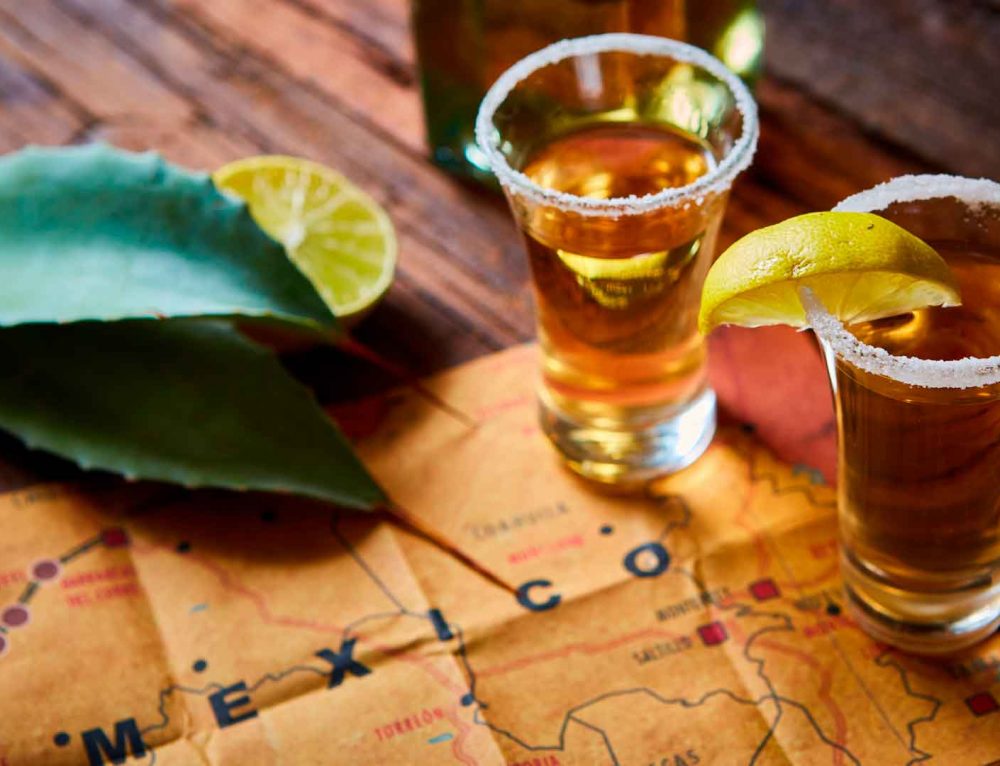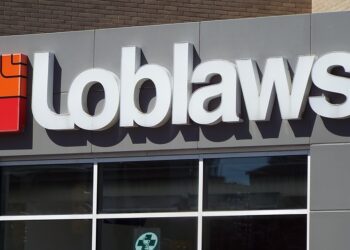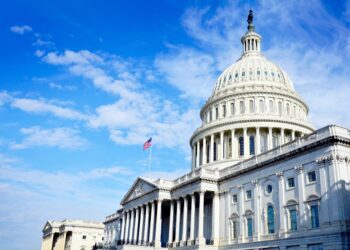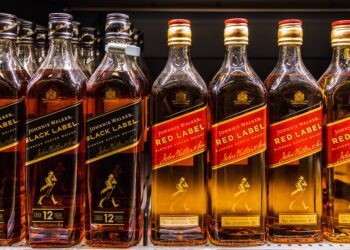Tequila has seen a surge in sales during the coronavirus pandemic.
The Mexican economy heads into what will likely be a deep recession, leaving between 6.1 million and 10.7 million people in situations of poverty as a result of income loss due to the sharp economic downturn caused by COVID-19 and the measures put in place to contain the disease, according to the National Council for the Evaluation of Social Development Policy (Coneval), increasing between 10% and 18% over the 60 million reported by Coneval in 2019.
This gloomy landscape for the nation’s future has enjoyed a little bit of bright light amid the national drink after sales reported up 60% over last year in the four weeks leading up to April 25, and 42% higher in the first quarter of 2020 compared to the same period in 2019, according to trade date company Panjiva, a unit of S&P Global Market Intelligence.
Inside the United States, tequila has seen a steady rise in popularity as Americans have learned to embrace the agave-based liquor as a sophisticated spirit to savor, the Financial Times reads, especially when celebrities like George Clooney, Sean Combs and Dwayne “The Rock” Johnson helped market the beverage by launching their own brands. Sales for the beverage also grew 36% between 2015 and 2019, according to the IWSR, a London-based firm that tracks global trends in the alcohol industry.
Nielsen reports that unlike the beer industry, which has been shuttered in Mexico after having been deemed a nonessential business, the tequila industry was successful in having the spirit classified as an agricultural product and distilleries have continued to operate.
“The perception is that tequila is a healthier choice, that it has a lower glycemic index and gives you less of a hangover,” New York tequila aficionado Crystal Slattery told the Times. “Having a tequila at night has become almost an absolute,” added dentist Joe Zagami whose love affair with the beverage began with a recent trip to Mexico.
Amid this new data, some question of total volume consumption os really up or is it just a huge spike in off-premise sales as a result of the lack of on-premise.
The other side of the coin
Brewery has not been very happy.
“COVID-19 has been devastating for small and independent craft brewers around the country,” said Bob Pease, president and CEO of the Brewers Association, which he said has heard of dozens of breweries that have gone out of business. Roughly half the brewers questioned in an association survey said they would have to close if the quarantine lasts more than three months, according to Komo News.
Many of the roughly 8,100 small independent breweries in the United States, which account for a 14% market share of all domestic beer by volume and 25% market share by dollars, rely on their own tap rooms or brew pubs to sell beer “on-premise” to customers. They are not equipped to produce beer for off-premise sales, according to Pease.
“It will be a challenge to survive as one of the brewers that does distribution,” said Hendler, who is president of the Massachusetts Brewers Guild. And for “the brewers that don’t do distribution, it’s just a time game. When does business come back? And do they run out of cash before that happens?”












